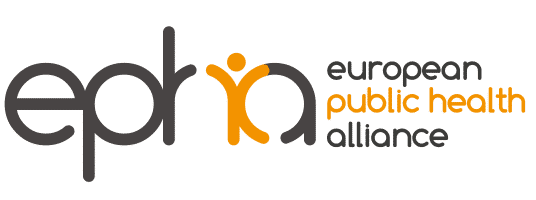Following a comprehensive policy review, the European Commission published an updated Digital Agenda for Europe (DAE) on 18 December, which identifies seven new key areas to stimulate the conditions for creating growth and jobs in Europe. The focus is largely economic and eInclusion is not very pronounced, however it is hoped that in combination with the existing goals they can contribute to bridging the digital divide, especially for vulnerable groups and patients less likely or able to take advantage of new technologies as a result of financial, social, cultural or physical constraints.
Complementing the DAE
The ambitious seven key transformative areas for implementation in 2013-2014 are as follows:
– 1. Create a new and stable broadband regulatory environment;
– 2. New public digital service infrastructures through Connecting Europe Facility loans;
– 3. Launch Grand Coalition on Digital Skills and Jobs;
– 4. Propose EU cyber-security strategy and Directive;
– 5. Update EU’s Copyright Framework;
– 6. Accelerate cloud computing through public sector buying power; and
– 7. Launch new electronics industrial strategy – an “Airbus of Chips”
The Commission argues that full implementation of the revised DAE would increase European GDP by 5% over the next eight years, by amongst other things, increasing investment in ICT, improving eSkills levels in the labour force, enabling public sector innovation, and reforming the framework conditions for the internet economy. As for employment, 1.2 million jobs could be created through infrastructure construction, which could then create a significant number of further jobs to boost economic growth once it is in place.
The original Digital Agenda approach and targets will remain valid, and the implementation of the original 101 actions remains a priority. The new key transformative actions complement these, and they are meant to build on what has been achieved so far.
The Digital Agenda contains 13 specific goals; progress against these targets is measured in the annual Digital Agenda Scoreboard. The original targets include a number of actions in the area of improving eInclusion.
The interplay between eHealth, the Digital Agenda and health inequalities will be a key theme for EPHA’s health system work in 2013, in the framework of the eHealth Stakeholder Group set up by the Commission in 2012 and led by DG CONNECT.
Background
The DAE aims to reboot Europe’s economy and help Europe’s citizens and businesses to get the most out of digital technologies. It is the first of seven flagships initiatives under Europe 2020, the EU’s strategy to deliver smart sustainable and inclusive growth. Launched in May 2010, the DAE’s actions are grouped around seven priority areas.
The question is whether they are realistic or gloss over existing health inequalities, which are widening in many parts of Europe as educated individuals increasingly ‘go digital’ while many disadvantaged communities manage their lives entirely offline, a situation that emphasises the new information and literacy challenges the Continent is facing.
EPHA Briefing on the Digital Agenda for Europe
The strategic importance for the EU is demonstrated by the fact that the digital economy is growing at seven times the rate of the rest of the economy, however this potential is currently held back by a patchy pan-European policy framework.
For further information
– European Commission Press Release, 18 Dec 2012 – Digital ‘to do’ list: New digital priorities for 2013-2014
– Original EC Communication (COM/2010/0245), A Digital Agenda for Europe
—-
EPHA related articles
– [->art5490]
– [->art5502]
– [->art5368]
– [->art5184]
– [->art5001]
